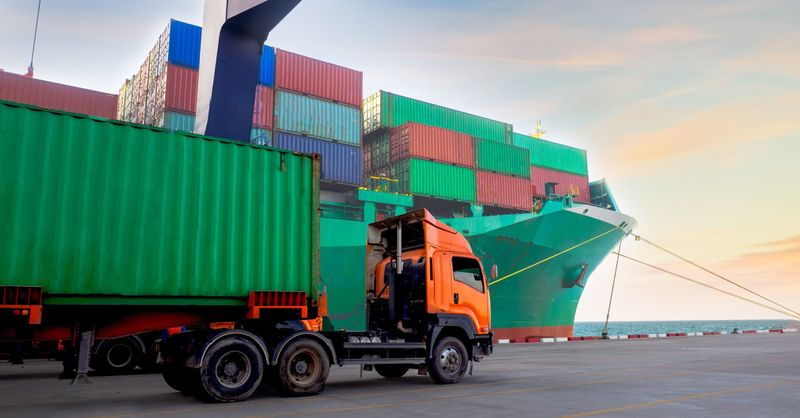In today's global economy, efficient logistics management is crucial for businesses engaged in international trade. One critical aspect of logistics optimization is international container drayage, which involves the transportation of shipping containers over short distances, typically from ports to distribution centers or vice versa. This article explores various strategies and best practices to optimize international container drayage, focusing on key considerations and examples from YK Freight.
Why Logistics Optimization is Important
Logistics optimization in international container drayage offers several significant advantages:
-
Cost Efficiency: Optimized logistics can reduce transportation costs through efficient route planning and resource utilization.
-
Time Savings: Streamlined processes and effective logistics management lead to faster delivery times, enhancing overall supply chain efficiency.
-
Improved Service Levels: By minimizing delays and disruptions, optimized logistics ensure reliable service, thereby enhancing customer satisfaction.
-
Environmental Impact: Efficient logistics can reduce carbon emissions and environmental footprint by optimizing routes and minimizing empty container movements.
Key Optimization Strategies
Successful optimization in international container drayage relies on several key strategies:
Route Planning
Effective route planning is crucial to minimize transportation costs and time. Factors to consider include:
-
Traffic Patterns and Conditions: Understanding peak traffic times and potential bottlenecks helps in scheduling optimal delivery times.
-
Distance and Efficiency: Choosing the shortest and most fuel-efficient routes reduces costs and environmental impact.
-
Intermodal Connectivity: Integrating different modes of transportation (road, rail, sea) to optimize the entire logistics chain.
Choosing the Right Partners
Selecting reliable partners is essential for smooth operations and service quality:
-
Carrier Selection: Working with reputable carriers ensures timely and secure container drayage.
-
Port and Terminal Relationships: Building strong relationships with ports and terminals facilitates smoother operations and priority handling.
Use of Technology
Technological advancements play a critical role in logistics optimization:
-
GPS and Tracking Systems: Real-time tracking enables better visibility and control over shipments, reducing the risk of delays and losses.
-
Optimization Software: Utilizing software for route optimization and load planning enhances efficiency and reduces costs.
-
Data Analytics: Analyzing historical data helps in identifying trends and optimizing future logistics strategies.
Examples of Successful Optimization by YK Freight
YK Freight has successfully implemented several optimization strategies in international container drayage:
-
Case Study 1: Route Optimization
YK Freight used advanced route planning software to identify the most efficient routes, reducing fuel costs by 15% and transit times by 20%. -
Case Study 2: Technology Integration
By adopting GPS tracking and real-time data analytics, YK Freight improved shipment visibility and reduced delivery lead times by 30%. -
Case Study 3: Partner Collaboration
Strategic partnerships with reliable carriers and ports enabled YK Freight to achieve a 95% on-time delivery rate, exceeding industry standards.
Conclusion
Optimizing logistics in international container drayage is crucial for enhancing efficiency and competitiveness. Based on the strategies and examples discussed, here are recommendations for optimizing logistics with YK Freight:
-
Invest in Technology: Continue leveraging advanced logistics software and tracking systems to enhance visibility and operational efficiency.
-
Strengthen Partnerships: Foster strong relationships with carriers, ports, and terminals to ensure reliable and efficient service.
-
Continuous Improvement: Regularly analyze performance metrics and customer feedback to identify areas for further optimization and innovation.
By implementing these recommendations, businesses can achieve cost savings, improve service levels, and maintain a sustainable logistics operation in international container drayage.






ASK YOUR QUESTIONS